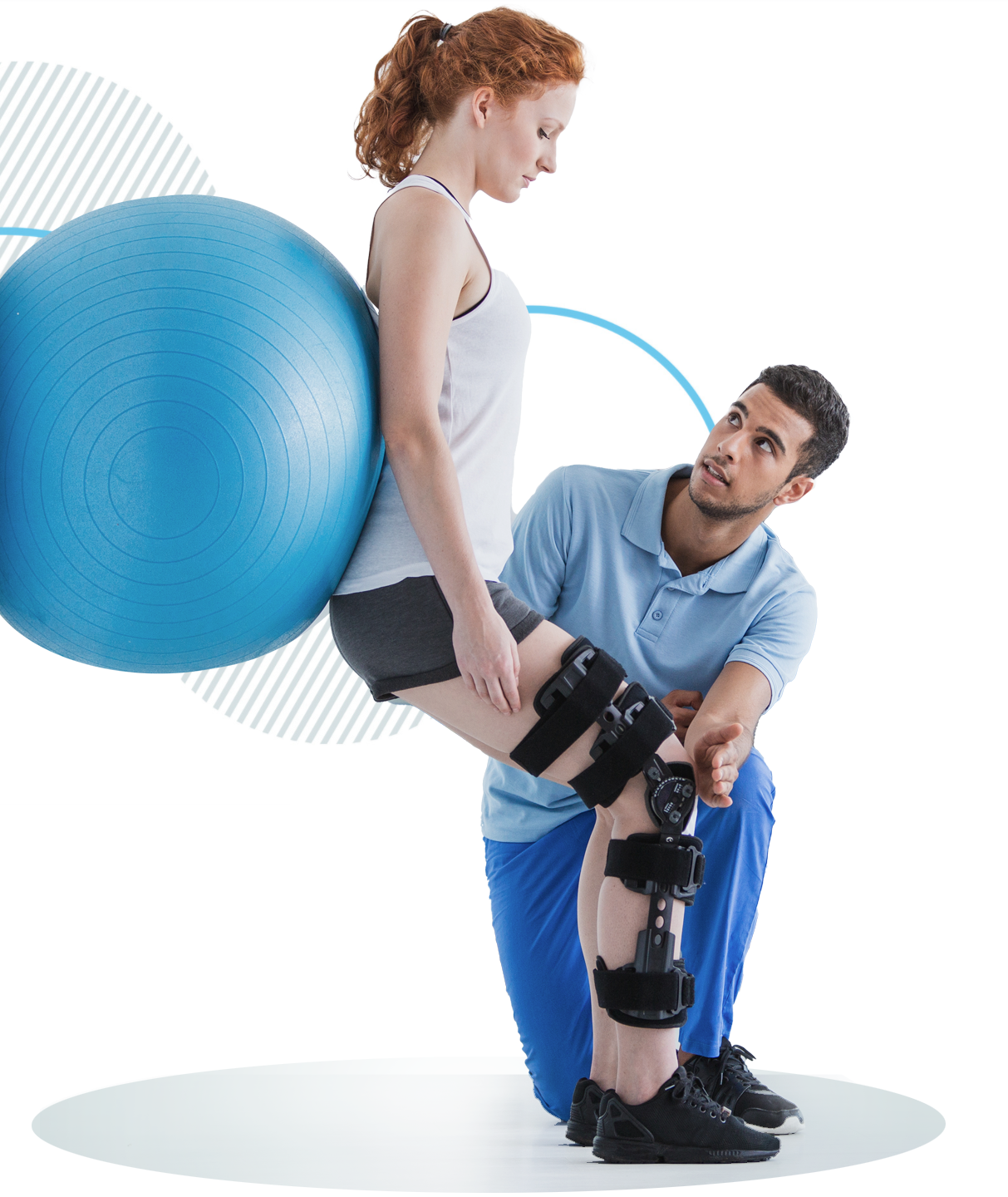Understanding The Way Acute Traumas Transform Sporting Execution Dynamics
Wiki Article
Sudden injuries are unexpected harm that can occur during sports or physical activities. These traumas can greatly impact an athlete's performance and overall health. Frequent examples of acute traumas include sprains, fractures, and strains. They happen rapidly and often result from incidents, such as tumbles, collisions, or incorrect actions. Understanding how these traumas influence athletic performance dynamics is important for athletes, coaches, and medical providers who work with them.
When an athlete suffers an acute trauma, the immediate effects can be quite severe. Discomfort and inflammation are frequent symptoms that can restrict mobility and function. For instance, a hoops player who twists an joint may find it difficult to move or jog. This limitation can lead to a reduction in ability, as athletes may struggle to perform at their typical level. Additionally, the psychological effects of an incident can also play a role. Athletes might feel worried or fearful about returning to their sport, which can additionally influence their performance.
Recovery from an acute trauma involves several stages, including rest, therapy, and incremental return to activity. The initial focus is usually on managing pain and swelling. Medical providers may advise cold therapy, bandaging, and lifting to help with recovery. Once the acute phase has ended, therapeutic activities become crucial. These activities help regain power, flexibility, view publisher site and extent of motion. Players need to adhere to a systematic recovery plan to make certain they come back to their activity without risk and efficiently.
The lasting effects of acute injuries can vary. Some athletes may recover fully and return to their previous performance levels, while others may face ongoing difficulties. Chronic pain or weakness can develop if an injury is not properly treated. This situation can lead to a cycle of re-injury or compensatory injuries in other parts of the body. It is essential for athletes to be patient during the recovery process and to work closely with healthcare providers to address any remaining issues.
In conclusion, acute traumas can significantly alter how players perform in their sports. The immediate physical and psychological effects can hinder ability and self-assurance. Rehabilitation involves attentive handling and therapy to ensure that players can securely come back to their sports. Comprehending the dynamics of sudden traumas can help everyone involved in athletics—from players to trainers to healthcare staff—support those impacted and encourage a secure re-entry to sporting ability.
